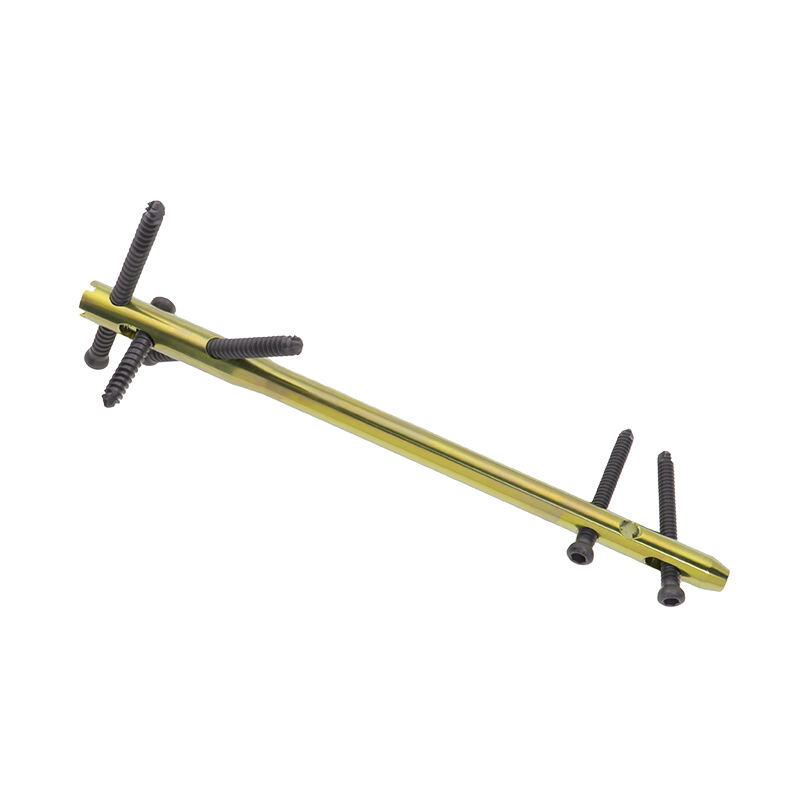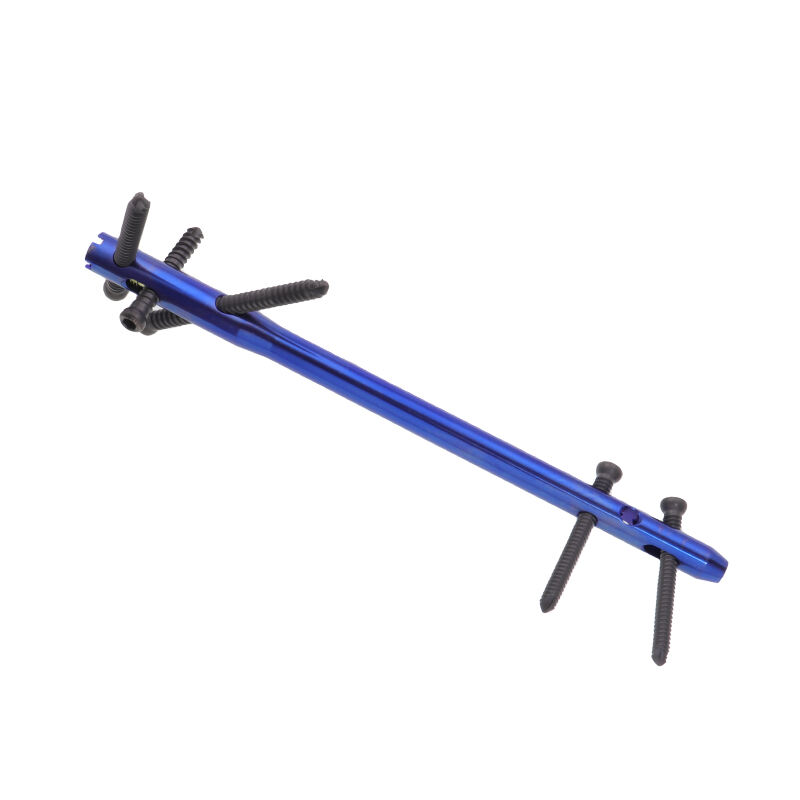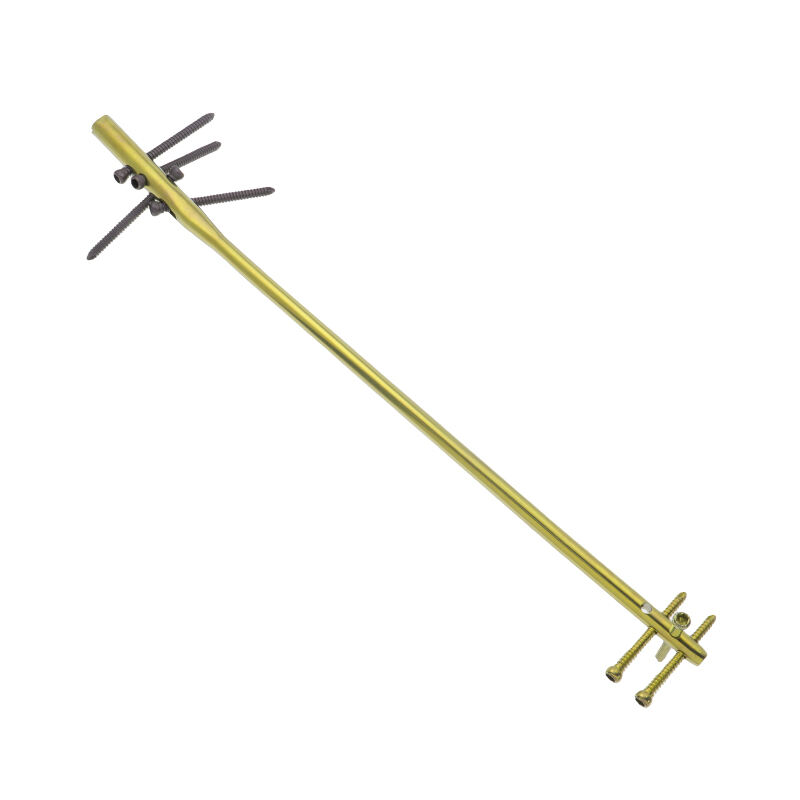interlocking nail of tibia
The interlocking nail of tibia is a revolutionary orthopedic device designed for treating tibial fractures and deformities. This advanced surgical implant consists of a metallic rod inserted into the medullary canal of the tibia, secured by interlocking screws at both proximal and distal ends. The device provides exceptional stability through its unique mechanical design, utilizing cross-locking screws that prevent rotation and maintain proper bone alignment during the healing process. Modern interlocking nails are typically manufactured from biocompatible materials such as titanium alloys or stainless steel, ensuring optimal tissue compatibility and durability. The system incorporates advanced features like anatomically contoured designs and multiple locking options to accommodate various fracture patterns. The surgical technique involves minimal invasion, reducing soft tissue damage and promoting faster recovery. The device's versatility allows it to treat simple and complex fractures, including spiral, oblique, and comminuted patterns, while providing immediate stability for early mobilization. This technology has revolutionized tibial fracture management by offering a reliable, long-term solution that promotes proper healing while minimizing complications.


